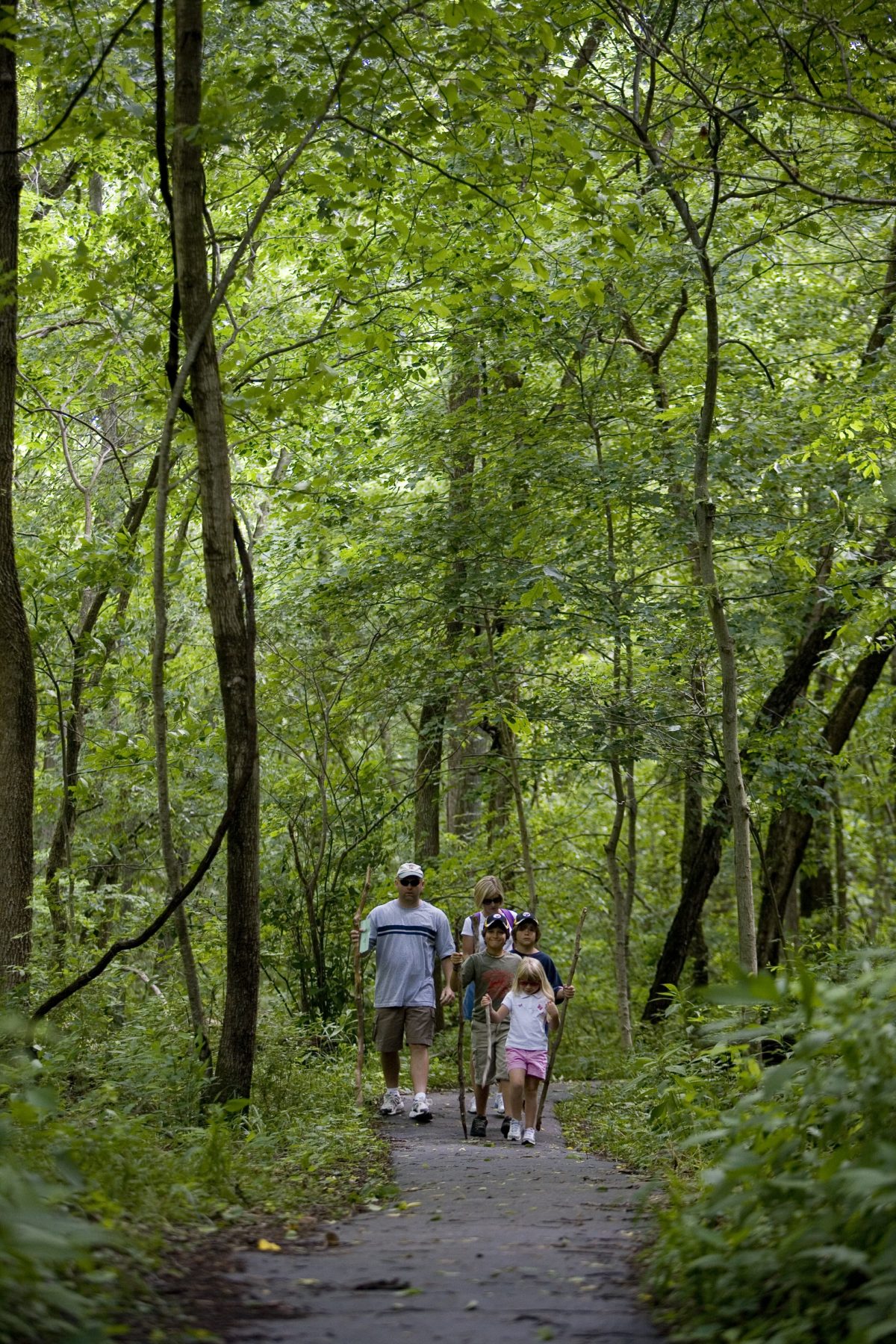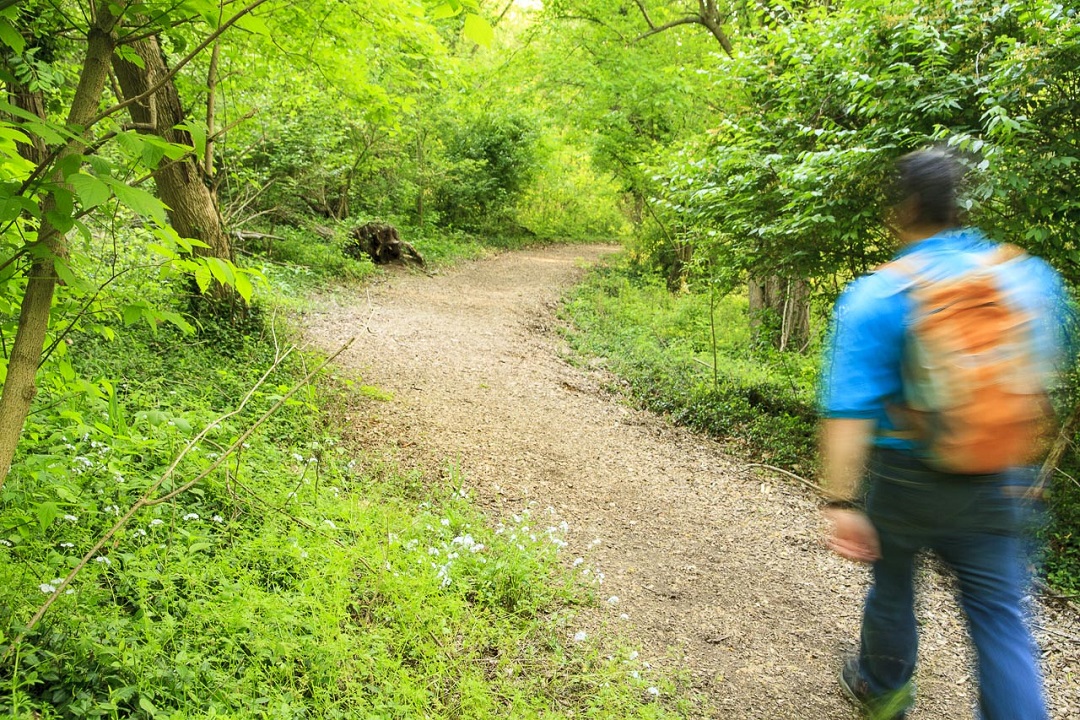There’s no avoiding that 2020 will be remembered as The Year of COVID. But there might be an interesting footnote: Along with facemasks, social distancing, and empty toilet paper shelves at the store, the pandemic had the effect of getting thousands of people outdoors, many for the first time.
Need proof? Just ask Brian Stith, deputy director of Missouri State Parks. “We had countless conversations starting with, ‘This is our first time’ or ‘We’ve never done this before,’” he said. “Statewide park usage increased 15 percent from 2019 to 2020, with some parks experiencing increases of 50 percent or more.”
Usage at Castlewood State Park was up 32 percent; Don Robinson up 47 percent; and Taum Sauk Mountain up 81 percent. Some sections of the Katy Trail were up 90 to 100 percent.
Telling indeed.
Dan Zarlenga of the Missouri Department of Conservation (MDC) echoes Stith’s words. “All you had to do was drive into one of our parking lots to realize there were a lot more people out in 2020,” he said. “It felt like circling the mall parking lot at Christmas.”
Duane Williams is an event coordinator for Outdoor Afro, a nonprofit organization dedicated to helping African Americans connect through outdoor experiences. He says he saw an “incredible” increase in social media engagement.
“We’ve seen huge growth in our Facebook group, new people asking about events and how to get involved. There’s been a big push in the 52 Hikes in 52 Weeks challenge as more people are getting into hiking.”
In lieu of this influx of new people on the trails, we asked our experts to share their tips on how to get started, what gear novice hikers need, and how to enjoy the outdoors while respecting others. Here’s what they said.
Start Smart
“Know your limits and pick a trail that matches your capabilities,” said Stith.
Similarly, Zarlenga tells new hikers to look for a manageable trail: “Start with something easy to get a feel for it. Nothing too long. A mile on the trail is harder than a mile in your neighborhood.”
Stith and Zarlenga also had comparable advice when it came to weather. “Know the forecast and be prepared,” the latter said. We all realize how unpredictable the weather can be here in the Midwest — that means sunscreen and a rain jacket in your day pack.
“Pay attention to sunset times and carry a flashlight or headlamp, just in case,” said Stith.
Another point regarding safety: Stay hydrated and bring extra water. “Dehydration can be a dangerous reality,” said Stith. “Having enough water is imperative.”
Hydration needs will vary with weather, temperature, and one’s physical condition, but a good starting point is a half-liter per mile (i.e. bring 2 liters for a 4-mile hike).
Stith and Zarlenga agree that perhaps the most important thing for beginner hikers is to stay on the trail.
“It’s easy to get lost if you venture off-trail, and that’s not a good situation for anyone,” Stith said.
Most trails in Missouri State Parks are color-coded with “blazes” — markers signifying that you’re on the path. “Follow the blazes, and you won’t get lost,” said Stith.
Staying on the trail also protects the environment: “Going off-trail damages natural habitat and is detrimental to local wildlife,” Zarlenga said.
Get in Gear
“Sturdy, comfortable footwear is essential,” Stith said. Hiking trails are generally multi-surface — rock, gravel, dirt, mud — and often strewn with roots and outcroppings. A good pair of durable shoes or hiking boots will keep your feet protected.
Appropriate clothing is also important: Moisture-wicking/quick-drying layers (synthetic or wool) are a good way to prepare for the elements. “No cotton,” Zarlenga emphasized. Cotton is bulky, heavy, and takes a long time to dry, which are all negatives when exploring the outdoors.
Zarlenga recommends a good daypack to haul your necessities: “Find something that’s comfortable and fits well, large enough to carry all your gear.”
Last in the gear department, Stith and Zarlenga both suggest bug repellent. “We all know how the bugs can get [here]. Be prepared,” the former said.
As an additional barrier of defense, Zarlenga advises lightweight pants and long-sleeve shirts, even in summer.

Trail Etiquette
What do new hikers need to know in order to be respectful of others as well as their surroundings?
“At the trailhead, we circle up and talk social distancing, mask usage, communication. It’s important to be responsible, even when outdoors,” Outdoor Afro’s Williams said.
All of our experts agreed that, with social distancing an everyday reality, communicating with fellow hikers is essential. Simple directions like “Passing on the left”, “You go first”, or “We’re turning off here” let other hikers know your intentions and creates space for everyone.
All also mentioned following the seven Leave No Trace principles: 1) Plan and prepare, 2) hike on durable surfaces, 3) dispose of waste properly (i.e. pack out your trash), 4) leave what you find, 5) minimize campfire impacts, 6) respect local wildlife, and 7) respect others.
Finally, Stith has a note for those bringing their canine friends onto the trail: “Leash rules are there to protect both the animal and other trail users alike.”
Keep your pup on-leash and be sure to bring bags along, so you can pick up after it. Do NOT leave your dog’s doodoo behind, on or off the trail. Not only is it against Leave No Trace principles, but it can contain excess nutrients like nitrogen and phosphorus that can create harm the habitat.
Beginner-Friendly Hikes Near St. Louis
- Trail Among the Trees in Rockwoods Reservation (1.9 miles; paved)
- Hickory Ridge Trail in Powder Valley Conservation Nature Center (2 miles; natural surface)
- Dogwood Trail in Babler State Park (2.2 miles; natural surface)
- River Scene Trail in Castlewood State Park (3.25 miles; natural surface)
- Hawk Ridge Trail in Queeny Park (4.1 miles; gravel/paved)
Author: Nick Tilley is a regular contributor to Terrain Magazine.


Leave A Comment